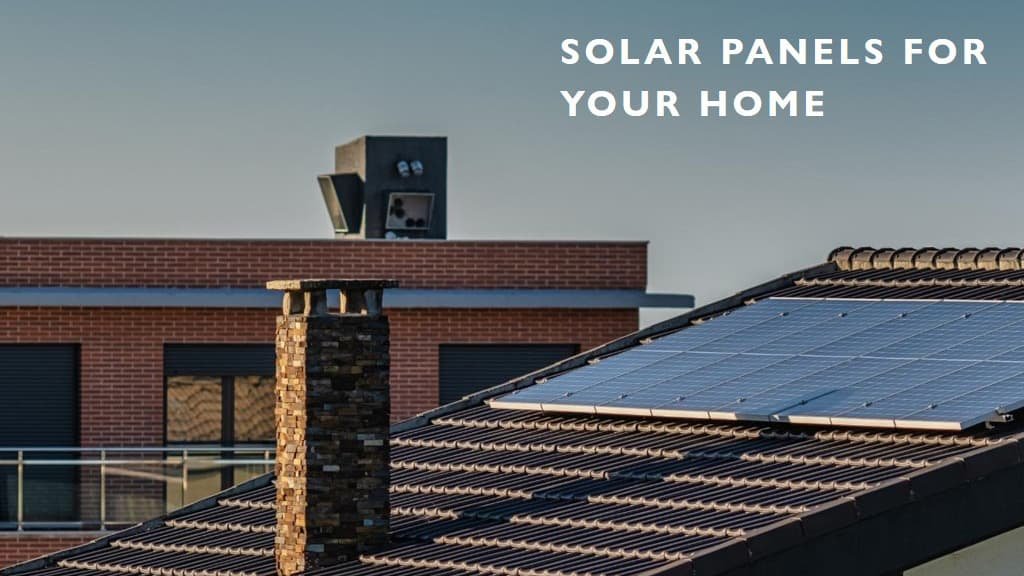Solar energy has become a cornerstone of sustainable power solutions for businesses and industries. As commercial solar panels continue to evolve, understanding their potential energy output is crucial for making informed decisions about integrating solar power into your business operations. In this blog, we’ll explore how much energy commercial solar panels can generate, factors influencing their output, and what this means for your business.

Understanding Commercial Solar Panels
Commercial solar panels are designed to cater to the energy needs of businesses, ranging from small offices to large industrial facilities. Unlike residential solar panels, which are often tailored for home use, commercial panels are optimized for higher energy generation to meet the larger demands of commercial properties.
Panel Efficiency
The energy output of solar panels largely depends on their efficiency, which is the ability to convert sunlight into electricity. Commercial solar panels typically have efficiency rates between 15% and 20%. This means that they can convert 15% to 20% of the solar energy they receive into usable electricity. Higher efficiency panels are more effective in generating energy from the same amount of sunlight.
Panel Size and Capacity
Commercial solar panels come in various sizes and capacities. On average, a standard commercial solar panel has a capacity ranging from 300 to 400 watts. The total energy output of a solar panel system is calculated by multiplying the capacity of each panel by the number of panels installed and factoring in the average number of sunlight hours the system receives.
Factors Affecting Energy Generation
- Location and Sunlight Exposure: The amount of sunlight a commercial solar panel system receives greatly influences its energy output. Locations with higher solar irradiance (the power of solar radiation received per unit area) will see better performance. For instance, solar panels in sunny regions like Arizona or California will generate more energy compared to those in cloudier regions like the Pacific Northwest.
- System Orientation and Tilt: The orientation and tilt angle of the solar panels impact their efficiency. Panels facing true south in the Northern Hemisphere (or true north in the Southern Hemisphere) and angled at the optimal tilt for the latitude will receive the maximum amount of sunlight, thereby increasing energy generation.
- Panel Quality and Technology: The quality and technology of the solar panels also affect energy output. Panels made with advanced technology, such as monocrystalline panels, tend to have higher efficiency and better performance. Additionally, innovations like bifacial panels, which capture sunlight on both sides, can further enhance energy generation.
- Weather Conditions: Weather conditions play a role in the performance of solar panels. While solar panels can still generate electricity on cloudy days, their output will be lower compared to sunny days. Extreme temperatures can also affect panel efficiency, although most modern panels are designed to perform well under varying conditions.
Estimating Energy Output
To estimate how much energy commercial solar panels can generate for your business, consider the following formula:
Total Energy Output (kWh) = Panel Capacity (kW) x Average Sunlight Hours x Number of Panels x System Efficiency
For example, if you have a solar panel system with a total capacity of 100 kW, receiving an average of 5 sunlight hours per day, with an efficiency rate of 80%, the daily energy output would be:
100 kW x 5 hours x 0.80 = 400 kWh per day
Over a month, this would amount to approximately 12,000 kWh of energy, providing significant savings and reducing reliance on grid power.
Benefits of Commercial Solar Panels
- Cost Savings: By generating your own electricity, you can reduce or even eliminate your energy bills. Commercial solar panels offer substantial long-term savings on electricity costs and can improve your business’s bottom line.
- Energy Independence: Solar panels provide a degree of energy independence, reducing your reliance on external power sources and protecting your business from fluctuating energy prices and supply disruptions.
- Environmental Impact: Using solar energy helps lower your carbon footprint and contributes to environmental sustainability. By reducing greenhouse gas emissions, your business can play a role in combating climate change and enhancing its green credentials.
- Positive Public Image: Adopting solar energy can enhance your business’s reputation as an environmentally responsible organization. This positive image can attract customers, investors, and partners who prioritize sustainability.
Conclusion
Commercial solar panels offer a powerful solution for businesses seeking to generate their own electricity, reduce energy costs, and contribute to environmental sustainability. By understanding the factors that influence energy generation, you can better assess the potential of solar panels for your business. Consulting with a solar energy expert can help you design an optimal system tailored to your energy needs and location, ensuring you maximize the benefits of solar power for your commercial property.


